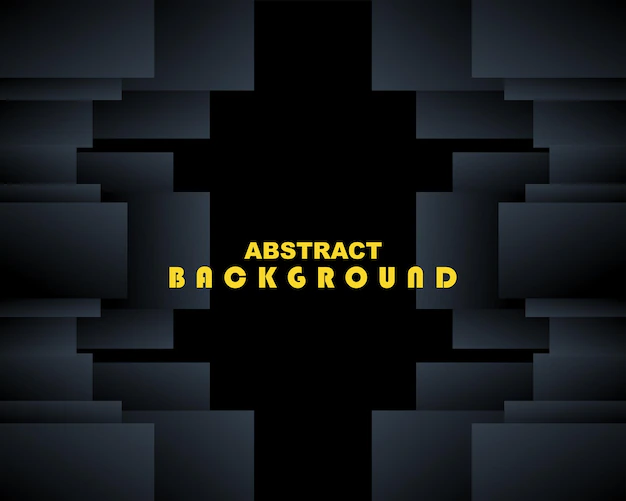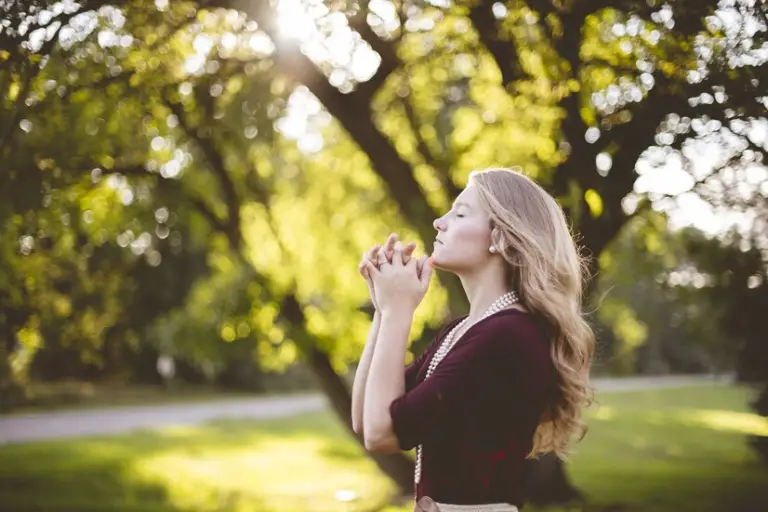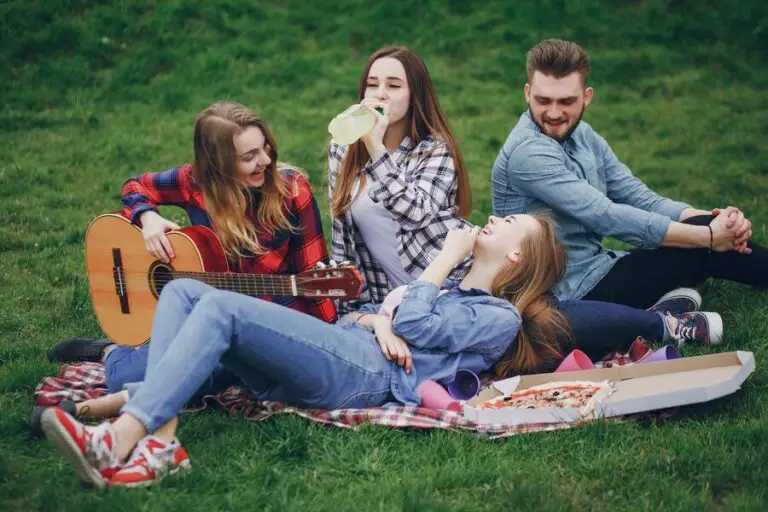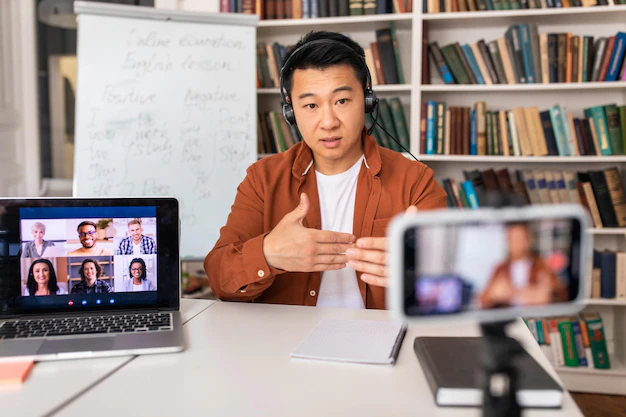Unraveling Figure-Ground Relationship in Gestalt Psychology: Exploring Perception and Examples
Gestalt psychology’s principle of figure-ground relationship elucidates how individuals perceive and organize visual elements by distinguishing between the main object of focus (figure) and its surrounding background (ground). This principle plays a crucial role in shaping our visual experiences and understanding how our minds interpret the world around us. Let’s explore the concept of figure-ground relationship in Gestalt psychology with explanations and illustrative examples.

Page Contents
Figure-Ground Relationship: Explained
The figure-ground relationship is a perceptual phenomenon where individuals perceive objects or shapes based on their distinction from the background. This concept asserts that our minds automatically differentiate between the main object of focus (figure) and its surrounding context (ground).

Examples of Figure-Ground Relationship
- Vase/Faces Illusion: One of the classic examples demonstrating the figure-ground relationship is the famous “vase/faces” illusion. In this optical illusion, viewers perceive either a vase in the center with a white background or two faces in profile facing each other in the black space between the vases, highlighting the reversible nature of figure and ground.
- Rubin’s Vase: Another well-known example is the “Rubin’s Vase” illusion. Here, individuals can perceive either a vase in the center or two faces in profile looking at each other on either side, showcasing the ambiguity of figure and ground.
- Old Woman/Young Woman: In the “old woman/young woman” illusion, viewers may initially perceive an elderly woman facing left. However, upon closer observation, the same outlines can be perceived as a young woman looking away, highlighting the reversible nature of figure and ground within the same image.
- Profile Silhouette/White Silhouette: Consider an image of a black silhouette profile against a white background. The silhouette could be perceived as the figure, while the white space surrounding it serves as the ground. Conversely, one can perceive the white space as the figure, and the black silhouette as the ground, based on perception and attention.
Implications and Significance
Understanding the figure-ground relationship has significant implications in various fields, including art, design, psychology, and visual perception. It influences how individuals interpret images, artworks, and designs. By manipulating figure and ground relationships, artists and designers can create compelling visuals that engage viewers and evoke different perceptions.
Conclusion
The figure-ground relationship in Gestalt psychology illustrates how individuals perceive and interpret visual stimuli by distinguishing between the main object of focus (figure) and its surrounding context (ground). This principle in gestalt psychology influences our perception of images, artworks, and designs, showcasing the dynamic and often reversible nature of figure and ground within visual compositions.
By comprehending the figure-ground relationship, individuals gain insights into the complexity of perception and the ways our minds organize visual information, contributing to a deeper understanding of human cognition and visual experiences.







